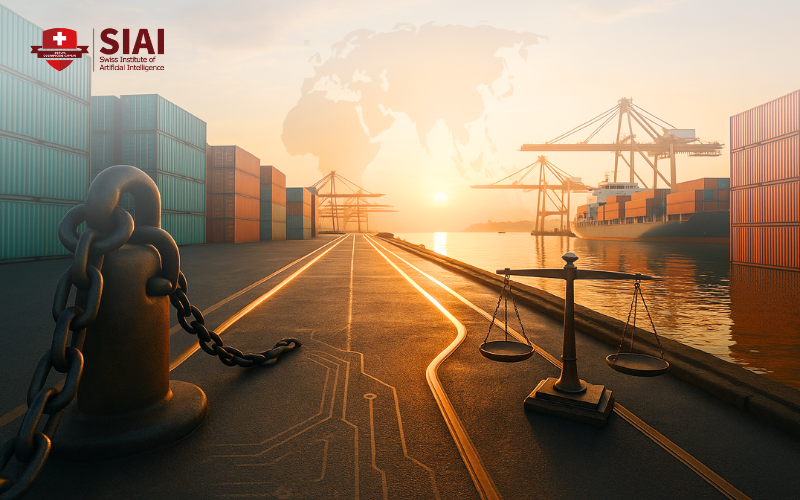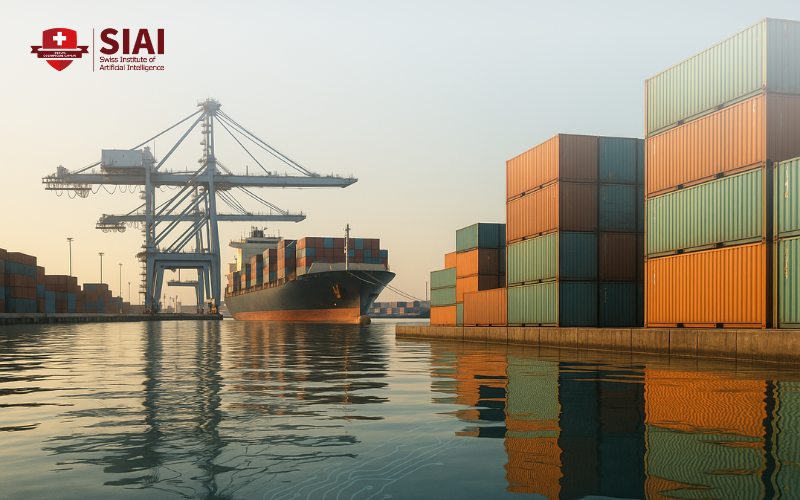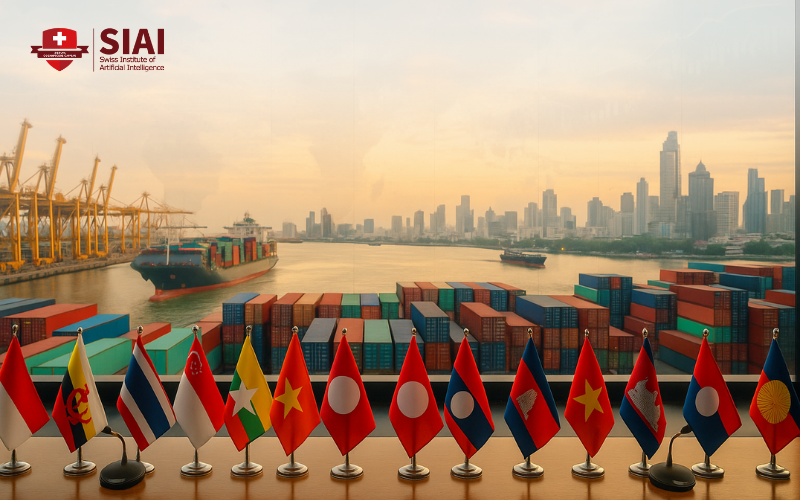Policy

Easy renegotiation encourages lowball bids Costs rise later through change orders while value stays flat Use formula-based indexation, strict correction rules, and transparent amendment data In Europe, governments s
Read More
China’s R&D surge and alliance politics are reshaping global education Export controls and demographics redirect students and research Universities must hedge, manage openness, and diversify Here is the number that shou
Read More
China’s rise is gradual, not sudden Power shifts depend on capabilities, satisfaction, and institutions Education must adapt with diversification and resilience Across the global economy, one pair of numbers frames clas
Read More

Fragmentation cuts GDP and starves education Colonial borders fuel conflict, distrust, and lost learning Keep mobility open and fund cross-border education corridors We face a hidden cost that seldom appears in bud
Read More

Put talent—not tariffs—at the center of the India–U.S. deal U.S.
Read More
Sunday bans add about 1.4 miles of travel per trip They now mainly push shoppers online Targeted labor and digital-market policies work better One key number shapes our understanding of Sunday trading rules: 1.4 miles.
Read More
U.S. tariffs mix security aims with bargaining, causing confusion. Allies hedge by shifting trade and investment toward China and cheaper energy, blunting U.S.
Read More
China’s dominance in manufacturing now rests on its vast talent pipelines, not just efficiency Western economies risk losing ground unless education and training systems compress time-to-competence at scale Factories of the future will be decided in classrooms as much as on shop floors
Read More
Impeachment carries an “uncertainty premium,” seen in a 14.6% drop in Korea’s FDI pledges Use impeachment as an emergency brake, not routine politics, to protect electoral mandates and stability Adopt guardrails—one-shot filings, fast voter-centered elections, judicial minimalism—and ring-fence education budgets
Read More
Education now depends on “blue territory” where subsea cables and sea lanes shape daily life Disruptions at Suez and Panama show why we need skills for ports, cables, and maritime law Embed ocean literacy, fund micro-credentials, and plan for outages
Read More
Tariffs and chip controls are forcing a pragmatic Japan–Korea thaw Ishiba and Lee, both China-leaning, hedge via Beijing while keeping U.S.
Read More
Asia’s coalition strength lies in education and knowledge, not tariffs Patent dominance shows the region’s leverage in IP and skills An education-first compact is harder to divide than a trade bloc The most decisive
Read More
‘Subliminal learning’ signals spurious shortcuts, not new pedagogy Demand negative controls, cross-lineage validation, and robustness-first training Procure only models passing the worst-case and safety gates across schools
Read More
Southeast Asia needs a maritime compact, not an Asian NATO Prioritize shared surveillance and coast-guard rules Outside partners support; ASEAN states lead
Read More
ASEAN risks tens of billions in tariff costs under new U.S.
Read More

This article is based on ideas originally published by VoxEU – Centre for Economic Policy Research (CEPR) and has been independently rewritten and extended by The Economy editorial team. While inspired by the original analysis, the content presented here reflects a broader interpretation and additional commentary. The views expressed do not necessarily represent those of VoxEU or CEPR.
Read More
This article was independently developed by The Economy editorial team and draws on original analysis published by East Asia Forum. The content has been substantially rewritten, expanded, and reframed for broader context and relevance. All views expressed are solely those of the author and do not represent the official position of East Asia Forum or its contributors.
Read More










